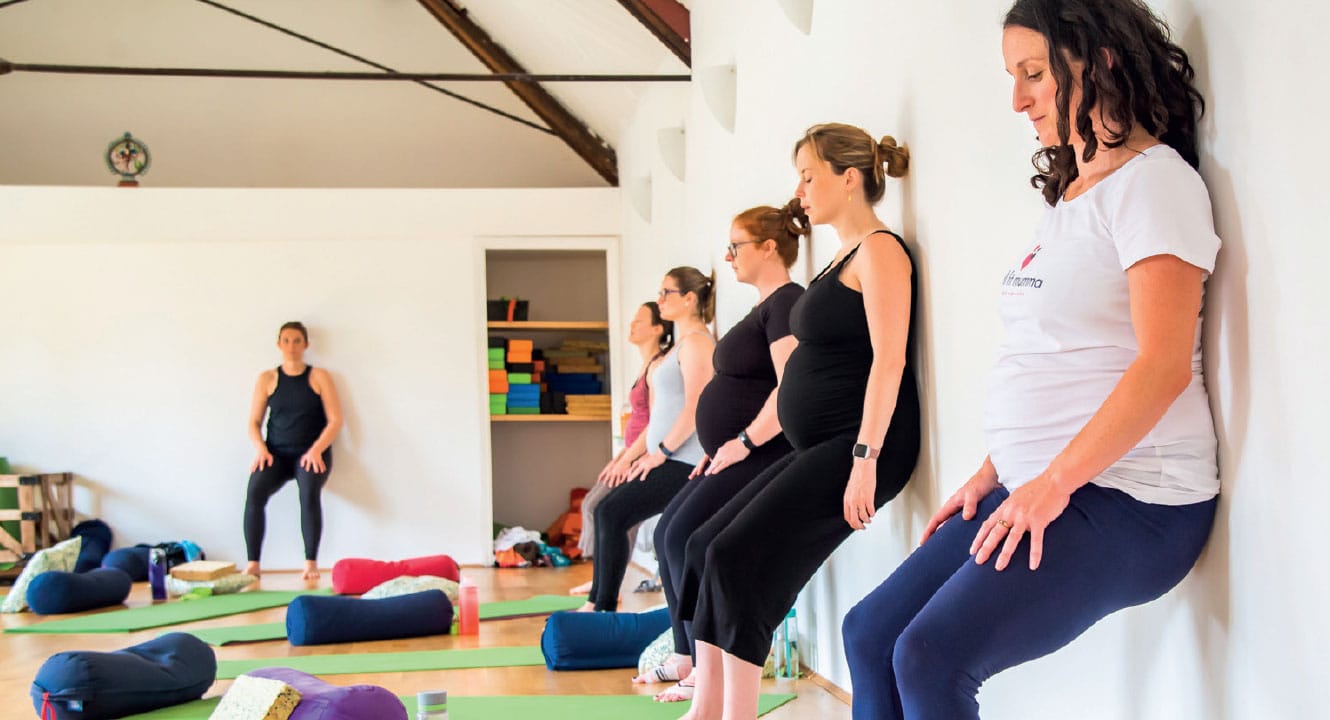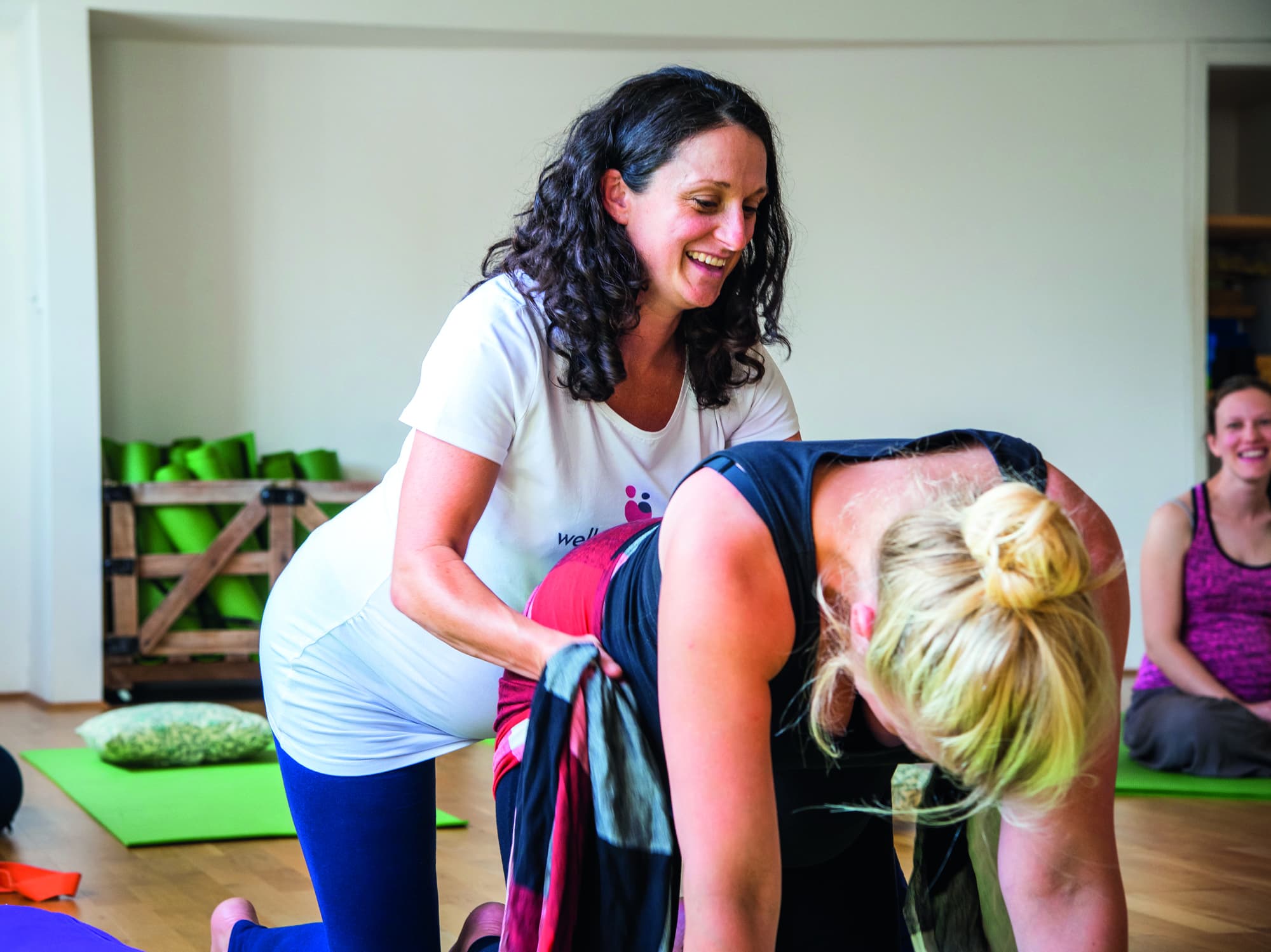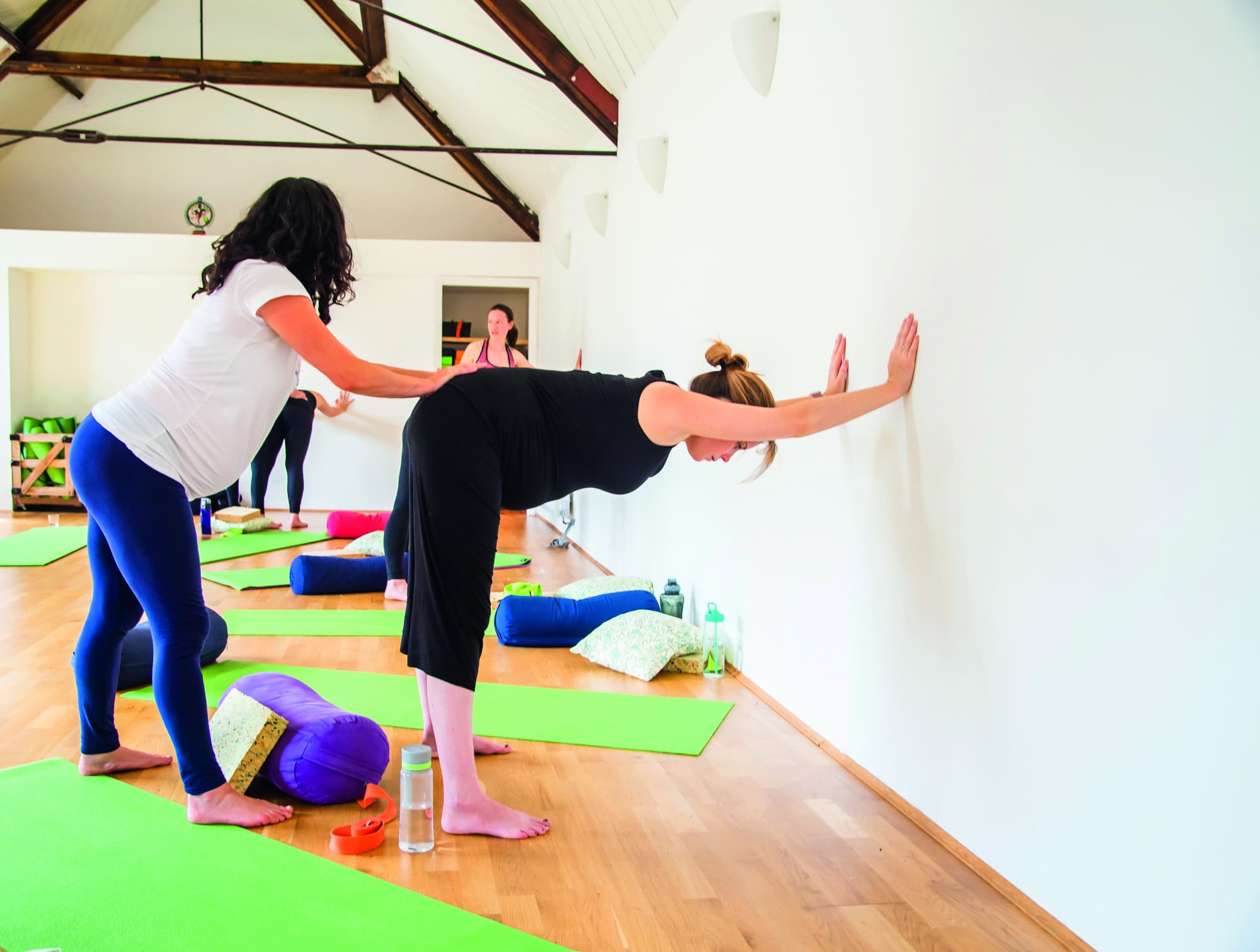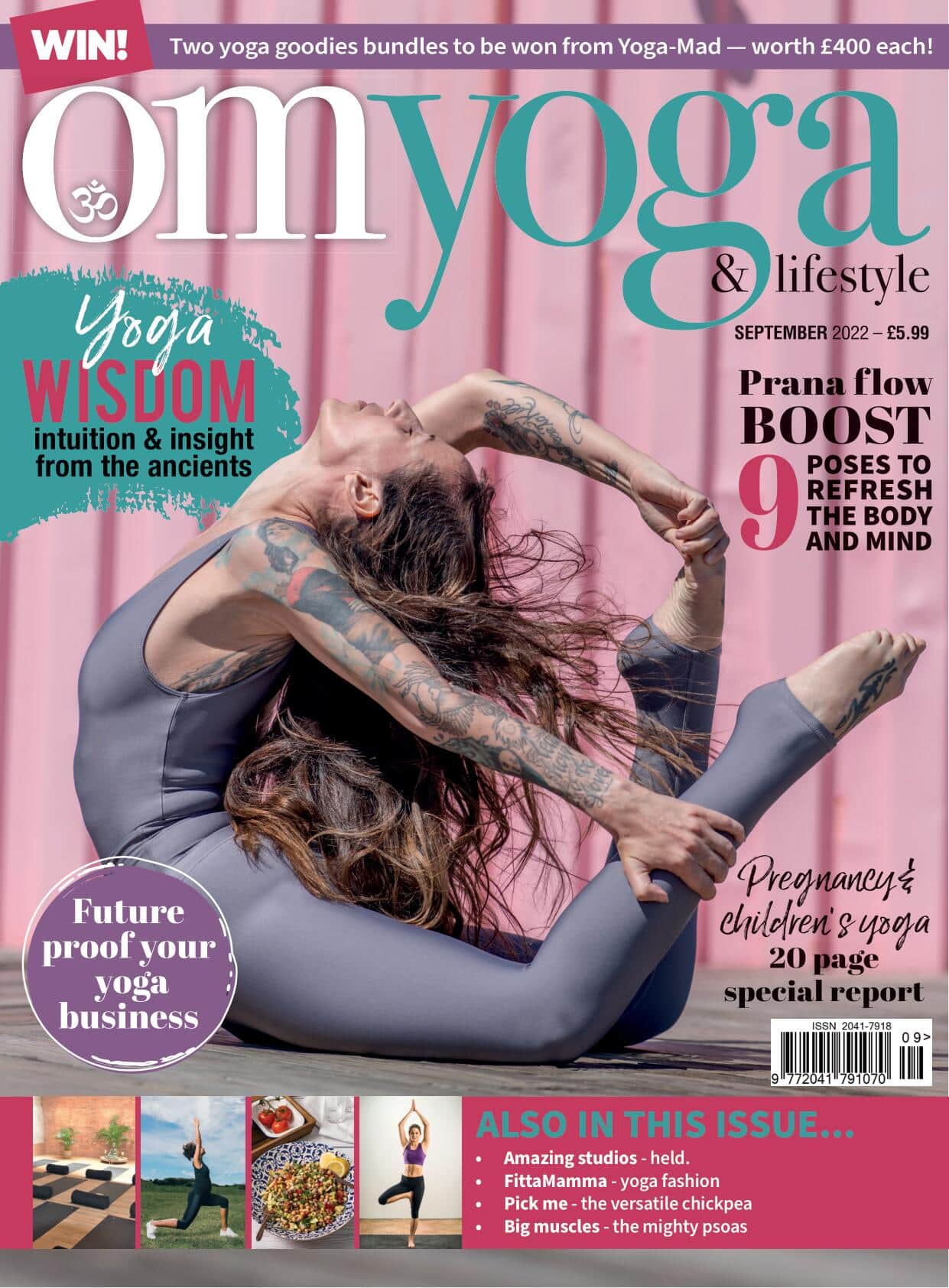
The biomechanics of birth
Simple ways to balance the pelvis ahead of birth. By Rosie Moore
The two greatest factors influencing birth are the mother’s fear and the baby’s position. Fear can be reduced through hypnobirthing and antenatal education. Yogic breathing techniques for pregnancy and birthing can also be wonderfully effective.
However, if we neglect to consider the mechanics of the pelvis and the way expectant mothers move, they might experience further difficulties during their labour. Understanding the biomechanics of birthing is central to ensuring the baby reaches an optimal position. We ideally want to encourage the baby into head-down position, with its back to mum’s tummy and slightly to the left. This position will help them navigate their way out more easily. Balancing the pelvis in the weeks leading up to the birth can assist in optimising a baby's position, and from around 35 weeks we must focus on relaxing and balancing the necessary muscles and ligaments.
The pelvis is symmetrical and composed of two bones — the ilium, at the sides — and a third — the sacrum, at the back— all surrounded by stabilising ligaments. Women have ligaments attaching the pelvis to the uterus and these can become imbalanced, making it tricky for the baby to move in the birth canal. Additionally, the pelvis has many muscle attachments — hip flexors, pelvic floor muscles, hamstrings, adductors and abdominals — and these must be free from tension or imbalance for the baby to navigate its way into and through the pelvis. This is particularly true of the psoas, the big hip flexors that attach the femur to the lumbar spine. Tension here can develop prior to pregnancy through sporting injuries, accidents, stress and so forth and become exaggerated during pregnancy. Often, dancers, pilates instructors and yoga teachers who have worked their core and mula banda particularly hard may develop ‘hypertonic’ or overly-tense pelvic floor muscles, which make birthing harder if they cannot be relaxed.
The pelvis does become more mobile and open as labour approaches thanks to a cascade of hormones, including the appropriately named Relaxin, however this isn’t always enough and there is much we can add to our classes and yoga practice. Here are my top tips:
- In the early stages of pregnancy, something as simple as hips up on a block can help relax the pelvis. Also, try side lying whilst breathing into the side ribs and down into the hips and pelvic floor. Wide lunges using a gym ball for support can help, as can lots of time on the hands and knees with rolls and circles of the pelvis.
- Poses for relaxing or ‘down training’ around the pelvis include wide knees child’s pose whilst breathing down into the pelvic floor, and pigeon or adapted pigeon sitting on a chair or gym ball. On all fours, find a neutral pelvis and gently rock the hips back towards the feet whilst imaging the pelvic floor relaxing and opening when the hips move back.
- In the weeks leading up to labour we can use inversions such as downward dog, then coming into high kneeling and, once you’ve received training, try the forward leaning inversion off a sofa — see spinning babies, then into high kneeling.
- Try wide diaphragmatic breathing into the ribs and imagine the pelvic floor relaxing and widening as you inhale and then gently contracting on the exhale, but without squeezing. You can do this on hands and knees or sitting with a block under the hips.

- Once labour has begun, try wide knee poses such as goddess or forward leaning onto a wall or gym ball in the early stages, and then, as the baby moves through the birth canal, try side-to-side motions to shuffle baby down. Later, and once baby is crowning, internally rotate the femur (feet turned out, knees turned in) and ideally in a hands and knees position internal rotation creates more space at the back of the pelvic floor and can help relax and prevent tearing. You can also do this position with a peanut ball, which is readily available in birthing units.
- Using a gym ball to do hip circles and side-to-side movements can be great for creating space in the pelvis and relaxing the pelvic floor.
- You can massage the perineum from around 35 weeks or try devices such as the Eip-No (epi-no.co.uk) to apply a gentle stretch to the pelvic floor muscles in preparation for delivery.
- We can also use rebozo (which is a big scarf, a bit like a pashmina, to support the abdomen and sift the abdominal muscles to relax and encourage the baby to descend) to release around the pelvis and the abdominals. I’d suggest practicing these movements in the weeks running up to labour so they come easily to you when the time comes.
- Dance using feminine, flowing, circular motions. It gets the oxytocin pumping but it’s also great to move baby down.

Rosie Moore is a specialist women's health physiotherapist offering an advanced pregnancy & postnatal yoga qualification for already qualified pregnancy/postnatal teachers. She also offers a prenatal teacher training for those with a healthcare/yoga background with some understanding of anatomy and physiology. Training's are launching in Sept/Oct 2022 and are fully accredited through Yoga Alliance Professionals UK. Visit: wellfitmumma.co.uk.




